A Toy for the Twenty-first Century
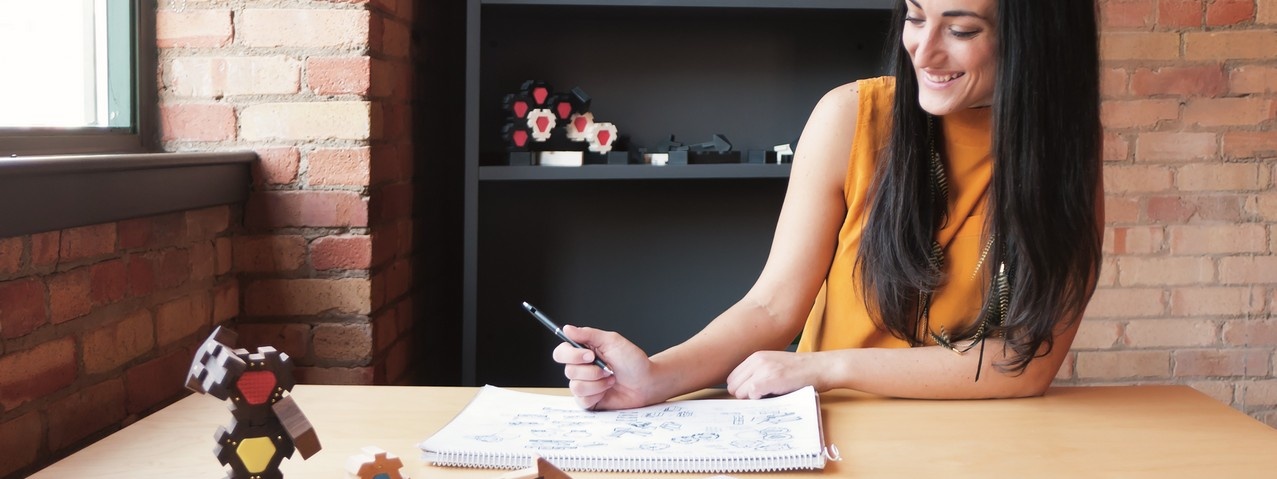
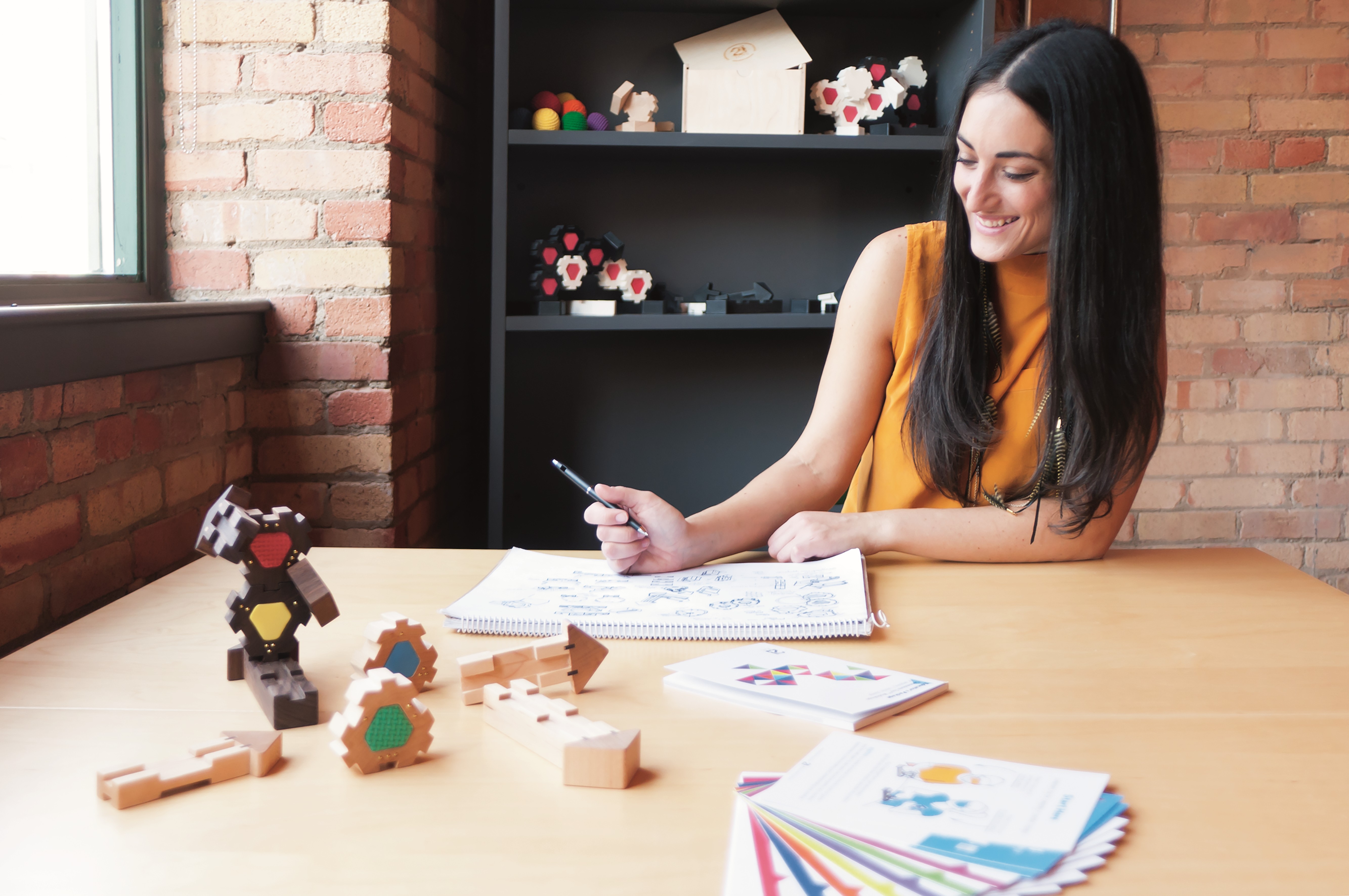
|
Text by Steve Jarvis |Photographs by Twenty One Toys A toy originally designed to help the visuallyimpaired navigate their way through unfamiliar territory, is being put into practice in the sighted community as a fun way to learn the foundational skills of empathy and thoughtful communication. The Empathy Toy is a collaborative puzzle game that can only be solved when layers learn to understand each other, and it has something to teach us all. Creativity and interpersonal skills are looked to as a foundation to futureproofing students in an unknowable job market. But how do we go about learning a new skill set more suited to the demands of life in the twenty-first century? Before entering school, children learn an important set of skills by playing with each other. As is life itself, play can be a messy, insensitive, rough and tumble activity. However, it is precisely this process that gives children a foundational understanding for how to interact with each other, and builds skills of communicating what they want, and how to organize and participate. Ilana Ben-Ari, a |
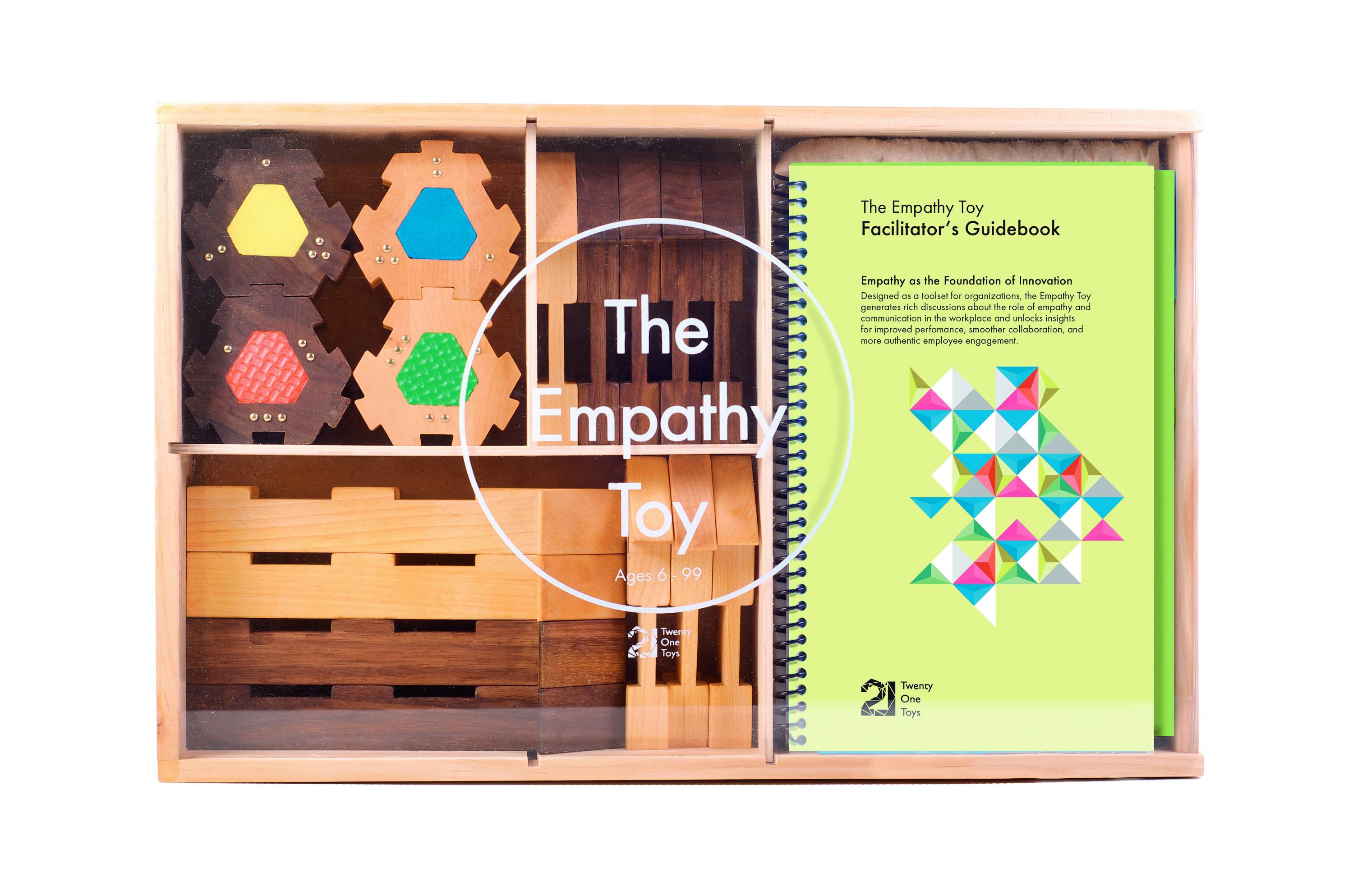
|
From Project to Product The toy she developed from her thesis project was well received, even winning a ‘Best In Show’ award at a nationallevel design competition, but her efforts
|
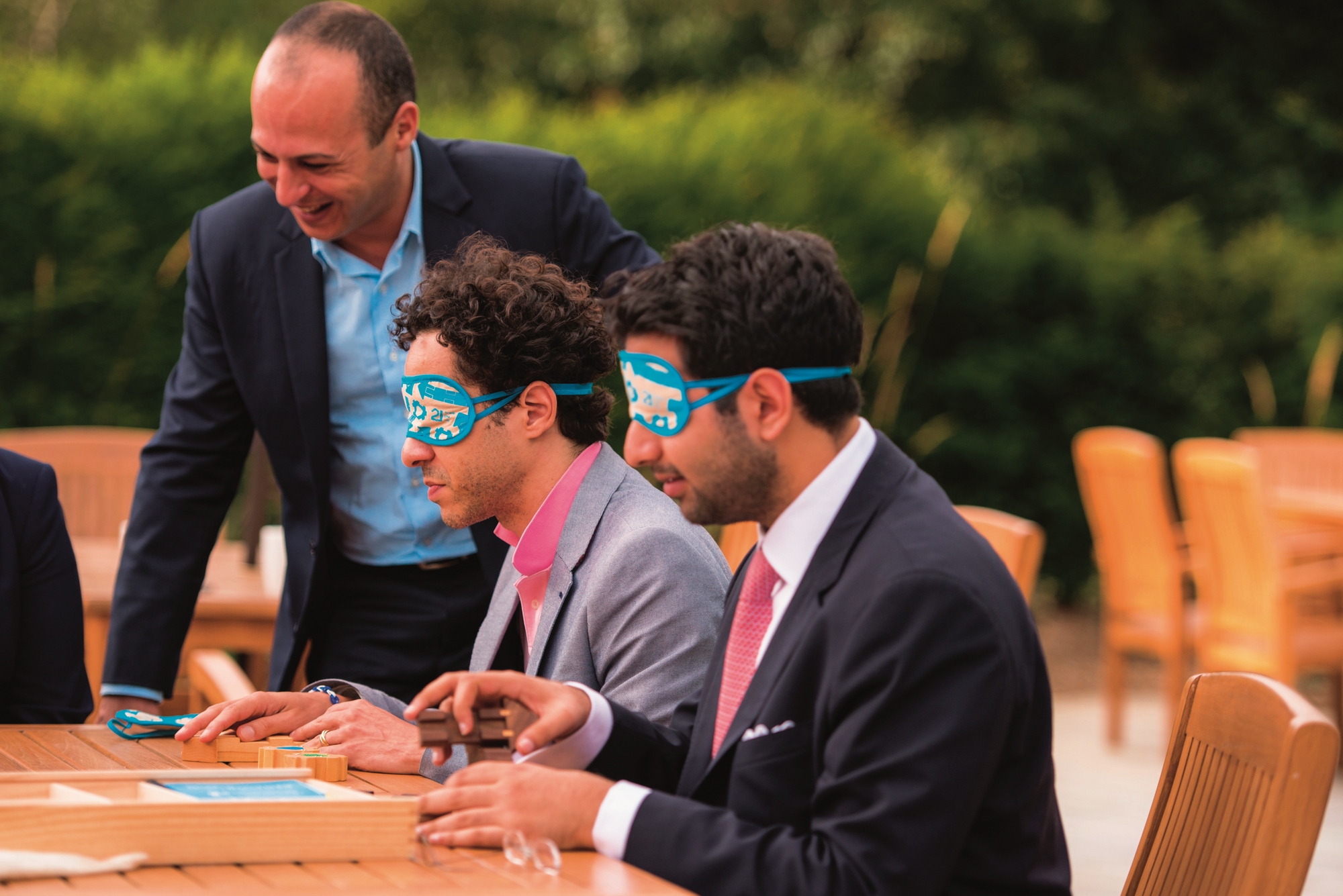
|
A Better Way to Learn
|
Others

Latest News | 1 December 2020
Music Therapy Tea House
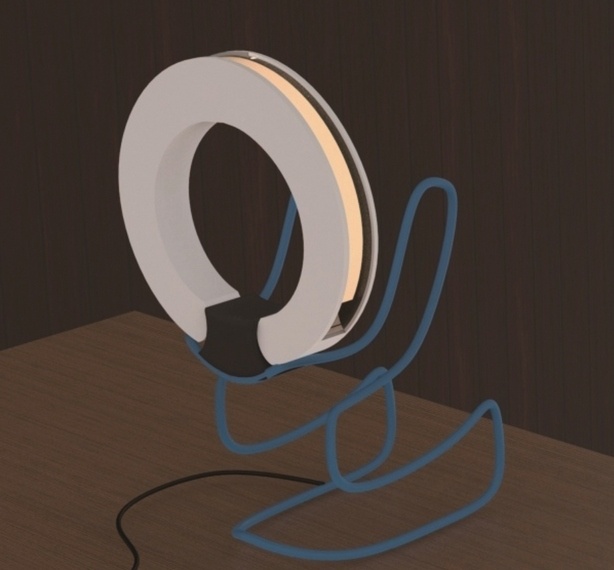
Latest News | 1 December 2020
Human Light

Latest News | 1 December 2020
Reasy
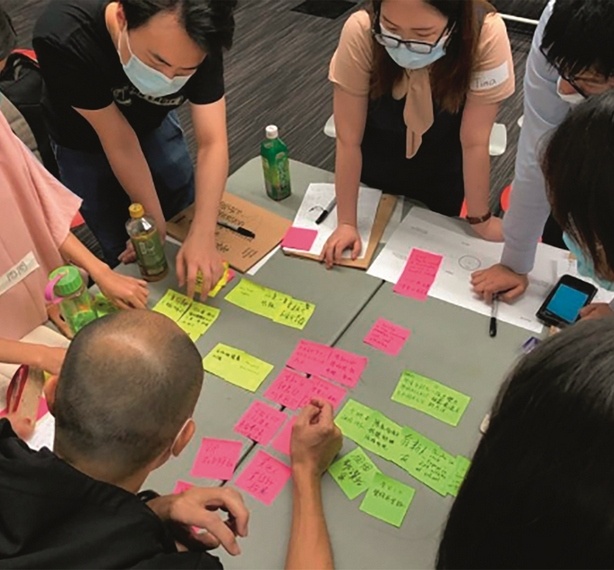
Latest News | 1 December 2020
Design Thinking PMQ

Latest News | 1 December 2020
New Generation, New Force

Latest News | 1 December 2020
Designing for basic Human Needs
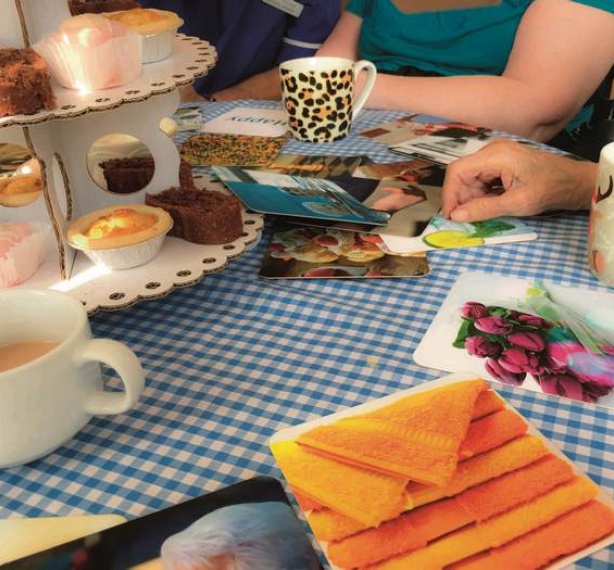
Latest News | 1 December 2020
Sharing about Death Gives Meaning to Life
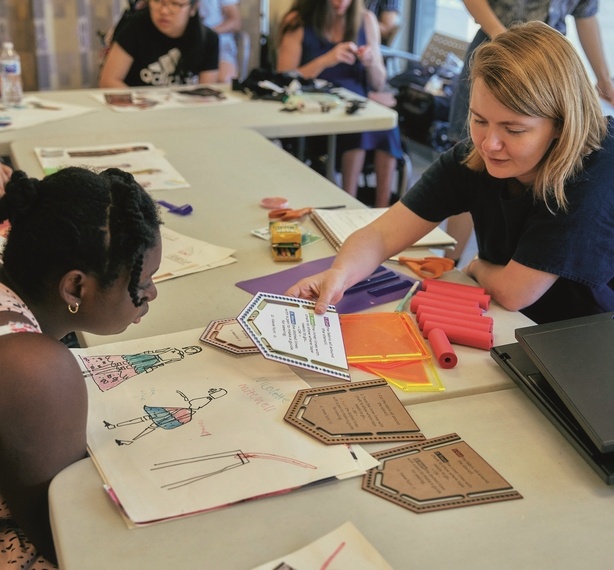
Latest News | 1 December 2020
Functional Fashion is a Bridge to Society
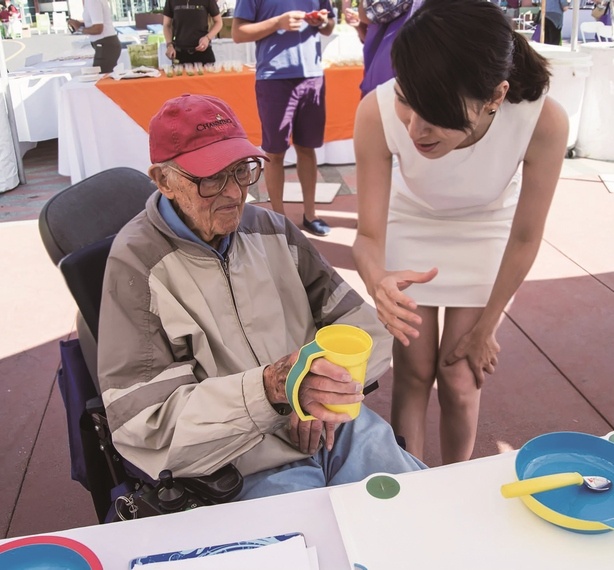
Latest News | 1 December 2020
Tableware Designed with Love
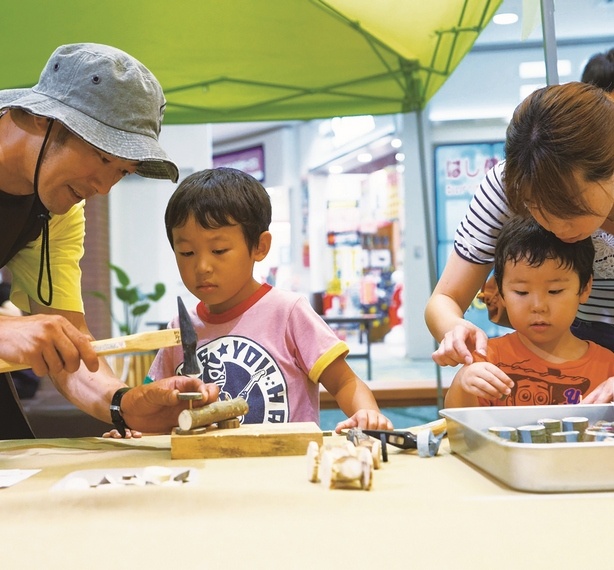
Latest News | 1 December 2020
Value-based Design as a path to Action
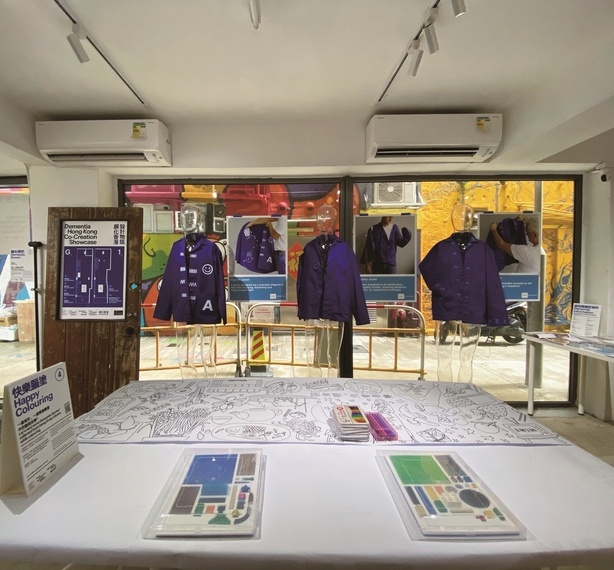
Latest News | 1 December 2020
Design by People for People

Latest News | 1 December 2020
Stories to Drive Change
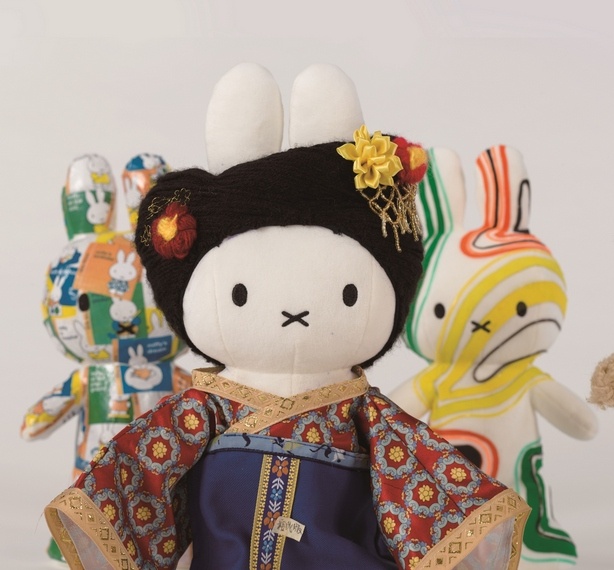
Latest News | 1 December 2020
Miffy
Latest News | 1 December 2020
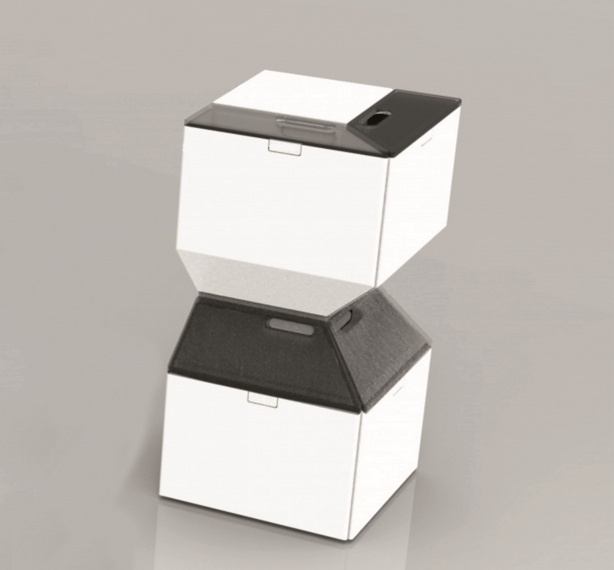
Latest News | 1 December 2020
